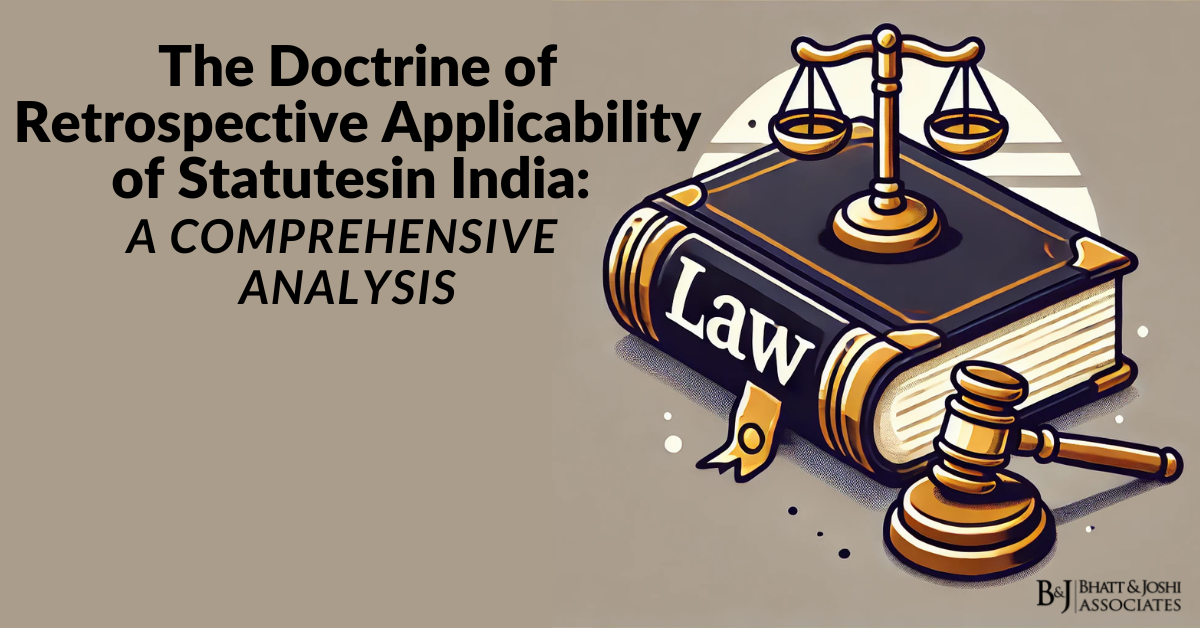Introduction
The Commandeering Doctrine is a principle of American constitutional law that prohibits the federal government from compelling state governments to enact or enforce federal laws. This doctrine stems from the Tenth Amendment to the United States Constitution and the principles of federalism that underpin the American system of government. At its core, the Commandeering Doctrine seeks to maintain the balance of power between federal and state governments by ensuring that states retain their sovereignty and autonomy within the federal system.
Historical Background
The origins of the Commandeering Doctrine can be traced back to the founding of the United States and the debates surrounding the ratification of the Constitution. The framers of the Constitution were deeply concerned with preventing the concentration of power in a centralized government and sought to create a system of checks and balances that would preserve individual liberty and state sovereignty. The Tenth Amendment, which states that “The powers not delegated to the United States by the Constitution, nor prohibited by it to the States, are reserved to the States respectively, or to the people,” serves as the textual basis for the Commandeering Doctrine.
Landmark Cases
New York v. United States (1992)
However, it wasn’t until the late 20th century that the Supreme Court explicitly articulated the Commandeering Doctrine in a series of landmark cases. The first of these was New York v. United States in 1992. This case involved a challenge to provisions of the Low-Level Radioactive Waste Policy Amendments Act of 1985, which required states to either regulate the disposal of radioactive waste according to federal standards or take title to the waste. The Supreme Court, in an opinion written by Justice Sandra Day O’Connor, held that these provisions violated the Tenth Amendment by impermissibly commandeering state governments.
Printz v. United States (1997)
The Commandeering Doctrine was further solidified and expanded in the 1997 case Printz v. United States. This case challenged provisions of the Brady Handgun Violence Prevention Act that required local law enforcement officers to conduct background checks on prospective handgun purchasers. In a 5-4 decision, the Court struck down these provisions as unconstitutional. Writing for the majority, Justice Antonin Scalia extended the principle articulated in New York v. United States to executive branch officials, holding that the federal government cannot command state executive branch officials to administer or enforce a federal regulatory program.
Implications and Applications
The Commandeering Doctrine has significant implications for the relationship between federal and state governments and the implementation of federal policy. It limits the federal government’s ability to use state resources and personnel to achieve its policy objectives, potentially making it more difficult or costly for the federal government to implement certain programs. However, it’s important to note that the doctrine does not prevent the federal government from incentivizing state action through the use of conditional spending or preempting state laws in areas where it has constitutional authority to legislate.
Immigration Enforcement
One of the key areas where the Commandeering Doctrine has had a significant impact is in the realm of immigration enforcement. In recent years, there have been numerous legal challenges to federal attempts to compel state and local law enforcement agencies to assist in the enforcement of federal immigration laws. Courts have generally held that while states may voluntarily cooperate with federal immigration enforcement efforts, the federal government cannot mandate such cooperation under the Commandeering Doctrine.
Gun Control Legislation
The Commandeering Doctrine has also played a role in debates over gun control legislation. For example, some have argued that federal laws requiring state or local law enforcement to conduct background checks for gun purchases or to maintain databases of gun owners could potentially violate the doctrine. These debates highlight the ongoing tension between federal policy objectives and the constitutional limitations on federal power over state governments.
Criticisms and Support
Despite its importance in American constitutional law, the Commandeering Doctrine is not without its critics. Some argue that it unduly constrains the federal government’s ability to address national problems and implement uniform policies across the country. Critics also contend that the doctrine’s historical and textual foundations are questionable and that it represents judicial overreach in the realm of federalism.
Supporters of the doctrine, on the other hand, argue that it serves as a crucial safeguard for state sovereignty and individual liberty. They contend that by preventing the federal government from commandeering state resources and personnel, the doctrine helps maintain the system of dual sovereignty envisioned by the framers of the Constitution. This system, they argue, promotes policy experimentation at the state level, protects against the concentration of power in the federal government, and enhances political accountability.
Recent Developments
Murphy v. National Collegiate Athletic Association (2018)
The Commandeering Doctrine has continued to evolve in recent years, with courts grappling with its application in new contexts. For example, in Murphy v. National Collegiate Athletic Association (2018), the Supreme Court struck down a federal law that prohibited states from authorizing sports gambling. The Court held that this law violated the anti-commandeering principle by effectively commanding state legislatures not to pass certain laws. This decision expanded the understanding of the Commandeering Doctrine to include not just affirmative commands to states but also prohibitions on state action.
Sanctuary Cities and States
Another area where the Commandeering Doctrine has become increasingly relevant is in the context of sanctuary cities and states. These jurisdictions have policies limiting cooperation with federal immigration enforcement efforts. The federal government has attempted to compel cooperation through various means, including threatening to withhold federal funding. However, courts have generally held that forcing state and local officials to assist in federal immigration enforcement would violate the anti-commandeering principle.
Intersection with Other Constitutional Doctrines
The Commandeering Doctrine also intersects with other constitutional doctrines and principles. For example, it relates closely to the Spending Clause doctrine, which governs the federal government’s ability to place conditions on grants of federal funds to states. While the federal government can incentivize state action through conditional spending, the Supreme Court has held that there are limits to this power. In National Federation of Independent Business v. Sebelius (2012), the Court ruled that the federal government’s threat to withhold all Medicaid funding from states that refused to expand their Medicaid programs was unconstitutionally coercive and violated the anti-commandeering principle.
Future Challenges and Considerations
As the United States continues to grapple with complex policy challenges that span state borders, the Commandeering Doctrine is likely to remain a significant factor in shaping federal-state relations. Issues such as climate change, healthcare reform, and national security often require coordinated action between federal and state governments. The doctrine forces federal policymakers to consider alternative approaches to achieving national objectives, such as creating federal programs, offering financial incentives to states, or using the federal government’s own resources to implement policies.
International Comparisons
International comparisons provide an interesting perspective on the Commandeering Doctrine. While the specific principle is unique to the United States, many other federal systems grapple with similar issues of balancing central authority with regional autonomy. The European Union, for example, has developed principles of subsidiarity and proportionality to govern the relationship between EU institutions and member states. These principles share some similarities with the anti-commandeering rule in that they aim to protect the autonomy of lower levels of government while allowing for coordinated action on matters of common concern.
Conclusion
In conclusion, the Commandeering Doctrine stands as a significant principle in American constitutional law, embodying core tenets of federalism and the balance of power between state and federal governments. By prohibiting the federal government from compelling state governments to enact or enforce federal laws, the doctrine serves to preserve state sovereignty and promote political accountability. However, it also presents challenges for addressing national issues that require coordinated action across state lines. As the United States continues to evolve and face new challenges, the Commandeering Doctrine will likely remain a subject of legal and political debate, shaping the contours of American federalism and the distribution of power within the federal system.














